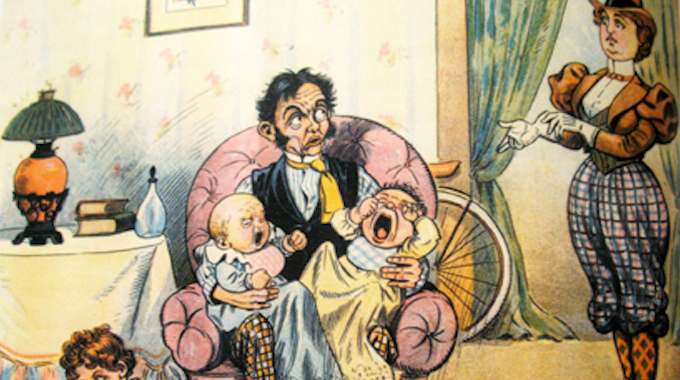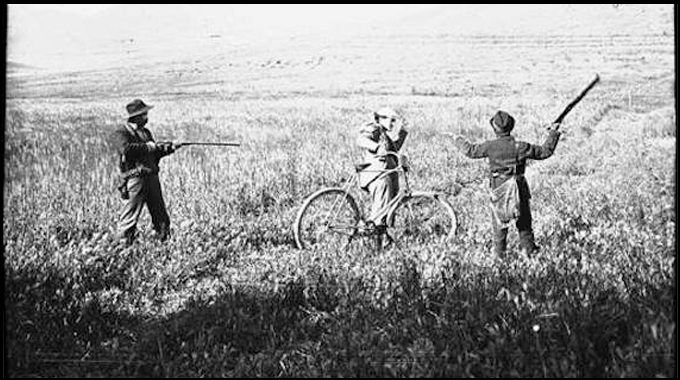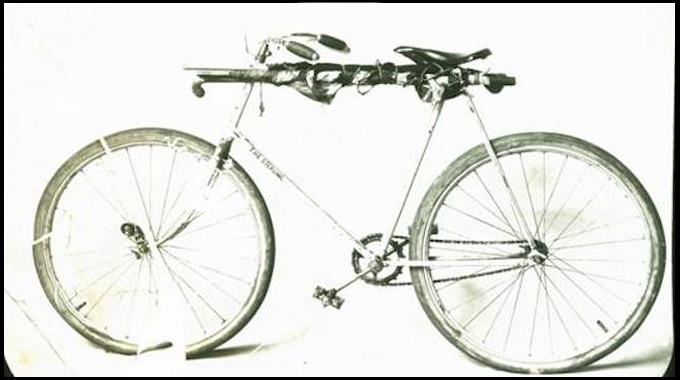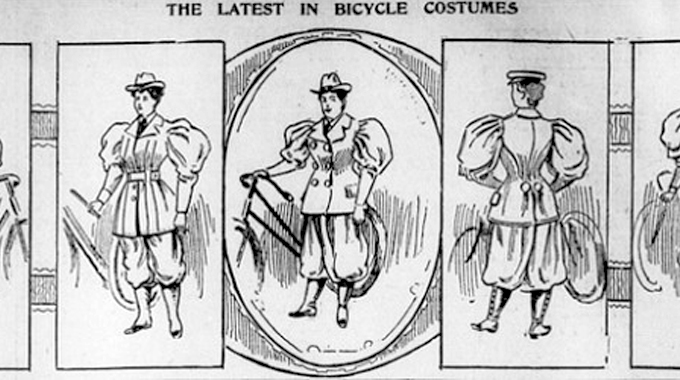Annie Londonderry is famously known for having cycled around the world between 1894 and 1895. She’s considered a pioneer for women’s cycling and a true feminist that helped bring around a change in perceptions of what women were really capable of.
We say ‘famous’ – only people who obsessively Google ‘women’s cycling’ have ever heard of her. But more people need to know about her because she was an incredible woman that used a bicycle as a vehicle by which to make a statement to the world about what women.
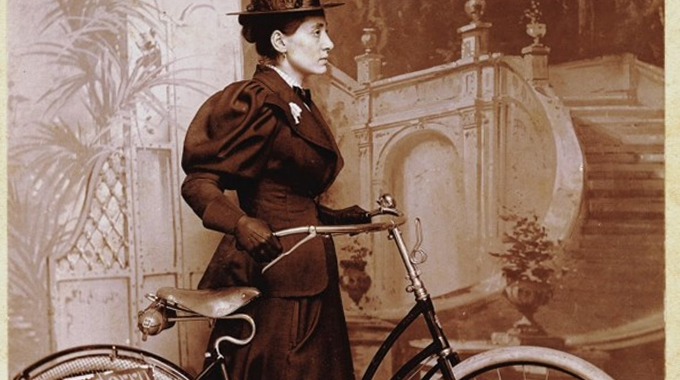
The best part of learning about Annie Londonderry is actually discovering her less than heroic qualities. She was a shameless self-publicist and loved the fame her journey brought her. And this fame allowed her to not only make some money but also to systematically challenge all of the values society at the time held dear when it came to women.
So here, we highlight her good and bad qualities. Because we think they’re all important. And anyway, everyone loves an underdog…


